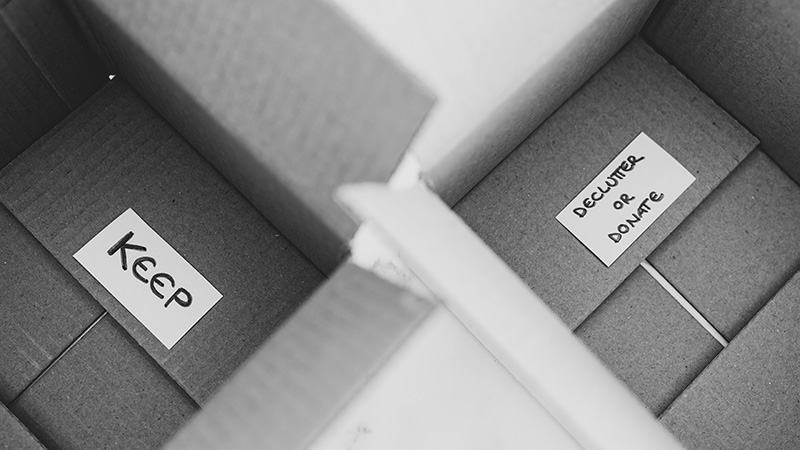- I've yet to find a retro stereo amp that delivers sound as accurately for various genres than this
- Use AI at work? You might be ruining your reputation, a new study finds
- Why Whoop's policy change has fans fuming
- Apple now sells refurbished iPhone 15 models at discounted prices (including the Pro Max)
- The best no-log VPNs of 2025: Expert tested and reviewed
Spring is the Perfect Season for a Digital Declutter

Spring is here! Who’s up for some digital spring cleaning? Digital de-cluttering helps you organize your life and has the bonus of reducing your vulnerability to common threats. But knowing where to begin can be hard; most of us leave a larger digital footprint than we realize. I have created a checklist to help you clear away the clutter and reap the rewards of a clean digital slate.
Benefits of Digital Declutter
Spotting online threats is not always easy. After all, their purpose is to deceive you. But, with a healthy polish of your online presence, you can reduce the likelihood of falling victim to a cyberattack. A digital declutter could help prevent these, as well as other hazards:
- Data breaches: By deleting old accounts or shoring up your account security with two-factor authentication, you lower the risk of an attack that could compromise your information.
- Phishing: If you clean up your email inbox, you get a better view of incoming emails – so when something “phishy” does make it into your inbox, it’s easier to spot.
- Attack methods: Every browser plugin/app/service you use increases what we call your “attack surface”, that is, the number of ways a criminal can try to get to your data. By removing unneeded extensions and applications, you greatly reduce your risk exposure.
Unlike physical objects, there is no limit to the amount of digital stuff you can accumulate. This can be quite overwhelming. The best way to tackle your clutter is with small steps. You don’t have to restructure your whole digital life all at once, a digital declutter over time is likely to be more successful and less exhausting!
Organize your devices
Think about how many devices you might have at any given time. Phone, tablet, laptop, etc. With so many devices, it’s hard to stay on top of the clutter that accumulates over time. The key is to get your devices in a healthy, functional state, and then keep them that way. A good place to start is by making a list of all your devices, and then systematically complete the following actions for each device:
- Delete apps and uninstall programs you do not use anymore.
- Make sure your devices have the most recent software updates installed.
- Turn on automatic updates.
- Audit permissions on mobile apps, and on websites.
- Remove optional device features that are often auto-installed.
Unsupported Devices
Retire old devices that are no longer receiving security updates from the manufacturer. If you have old devices, perform a factory reset on them, and then dispose of them responsibly.
An alternative to disposing of old devices is to donate them to a local women’s shelter. The emergency call chip inside those devices works even if no SIM card is installed, so they can serve as a lifeline to a person in distress.
Review your web browser
It can be easy to forget that web browsers do more than just serve as a gateway to your favorite websites. No matter which web browser you use, there’s a definite security and privacy benefit to periodically reviewing your settings. Here are some ways to adjust your browser settings to make sure the time you spend online is safe, secure, and private.
- Clear your cookies and browsing history on a regular basis.
- Review extensions or plug-ins you use and delete any you do not need anymore.
- Use HTTPS/secure connections whenever possible.
Clean up your email
There’s no denying that there is some level of stress associated with unread emails. To remove this mental burden. You may not be able to control the number of incoming emails, but how you handle them can make a difference in the sense that there is too much to handle. The following tips are also a great way to reduce your exposure to phishing attacks.
- Delete old emails, or if you don’t have time, just archive them all. By archiving, you retain access to them, but you get to start with a clear inbox, giving you the time to reset your email rules as new emails arrive.
- Set up a system to handle new emails.
- Unsubscribe from unnecessary mailing lists.
Delete old accounts
Delete accounts you no longer use. You can do this by going through wherever you store your passwords and shutting down accounts you no longer use. If you cannot delete an inactive account, take the time to remove any sensitive information that may be stored in that account.
If you approach these steps systematically, you can declutter your digital world, and actually make yourself safer in the process.

